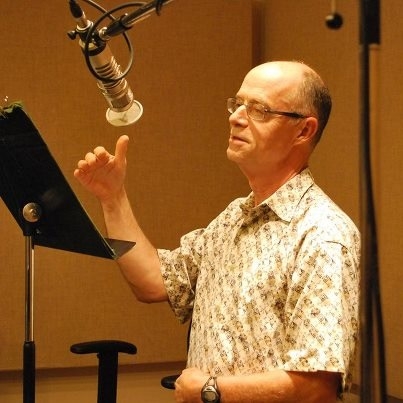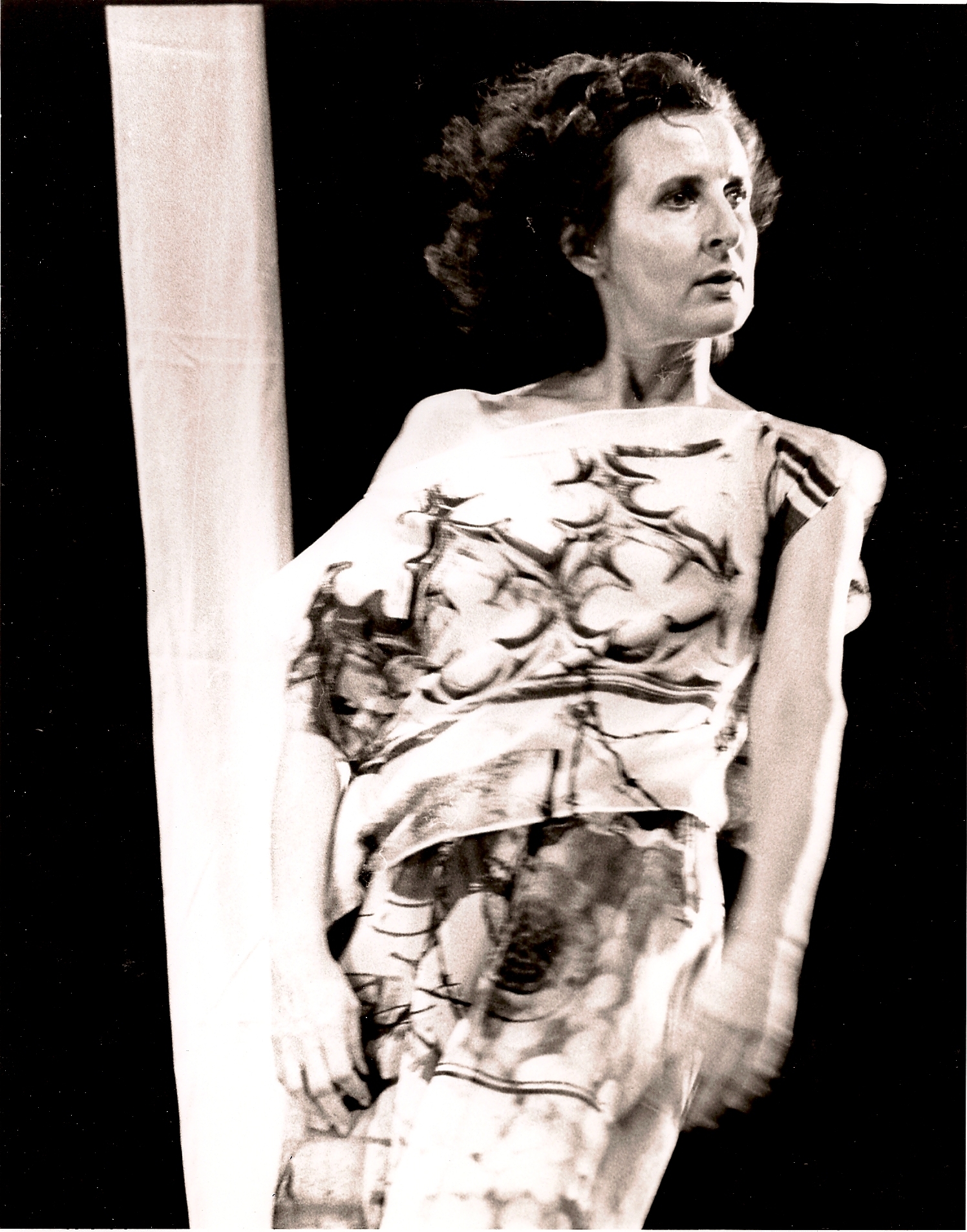 (Host) This week the Brooklyn Academy of Music is presenting the Trisha
(Host) This week the Brooklyn Academy of Music is presenting the Trisha
Brown Dance Company, featuring one of her most acclaimed works, "Set and
Reset" that premiered there thirty years ago. The performance has
particular significance for arts presenter and commentator John
Killacky.
(Killacky) Three decades ago I was Trisha Brown’s
Managing Director. In fact I was the only administrative staff, working
at a desk with a rotary phone in the airshaft between her living and
rehearsal spaces.
Arts administration was a nascent field. My
most relevant experience was that I had performed and toured as a
dancer. I approached each day like rehearsal, building on what I knew
and learning what I didn’t know – when writing grant proposals, putting
together tours, and working with the board to raise money.
Brown’s
loft building was Valhalla for New York’s downtown dance world with
illustrious tenants Lucinda Childs and Douglas Dunn, as well as David
Gordon and Valda Setterfield. When I had questions, I could simply ride
the elevator to get answers. Otherwise, I could go across the street to
Paul Taylor’s office, or uptown for advice and counsel from Merce
Cunningham’s staff. There was great generosity in those days; young
managers coached each other to success.
When I joined the
company, Trisha was developing a new interdisciplinary collaboration
with sets and costumes by Robert Rauschenberg and music by Laurie
Anderson. The choreography was developed with gleeful abandon. Dancers
learned a movement phrase from Trisha and then skittered off to the
corners to improvise on it. All encouraged each other to disrupt the
proceedings with playful high jinks. Laughter fueled rehearsals.
Rauschenberg
created multiple focus points with a flying translucent set projecting
black and white stock footage, see-through wings opening up the
proscenium, and transparent silk-screened costumes. Anderson built a
cacophony of sound by repeating and looping the phrase, "Long Time No
See" amidst clanging bells.
During the final weeks of
rehearsals, many of Trisha’s collaborators, friends, and art world
colleagues came by to visit. Most were enthralled by the sumptuous and
to visit. Most were enthralled by the sumptuous and
lyrically cascading choreography. However, one downtown doyenne
dismissed it by telling Trisha she was sure "it would be very
successful." Success was considered suspect in the avant-garde. Severe
intentionality was highly praised, while critical and popular acclaim
was disdained.
Well, "Set and Reset" was rapturously received at
its premiere, and the success of this resplendent work was game
changing for all of postmodern dance, with its investigative rigor,
technical virtuosity, and luxurious production values.
Right
after the opening, I flew to London with press kits in my backpack, got a
Eurorail pass and literally knocked on doors of theaters and opera
houses across Europe, to introduce the company’s work – communication
being a bit different back then.
How wonderful that the Brooklyn
Academy of Music is bringing back "Set and Reset," allowing audiences
to once again experience this seminal 20th century masterwork that it
commissioned thirty years ago. And affording me, a glorious moment in
which to revisit and celebrate.